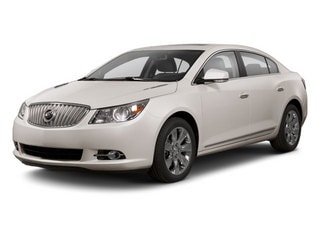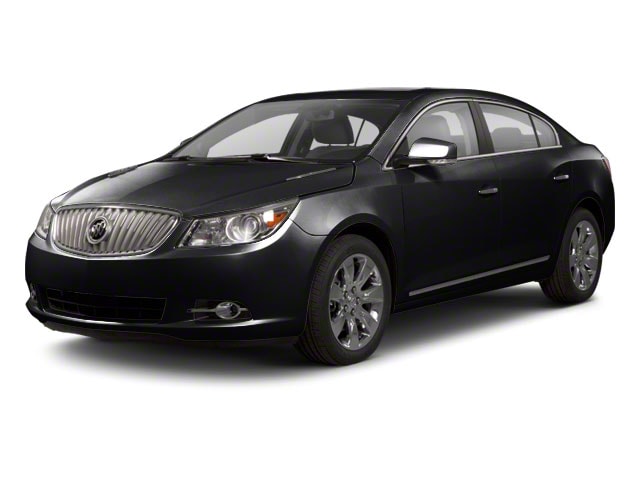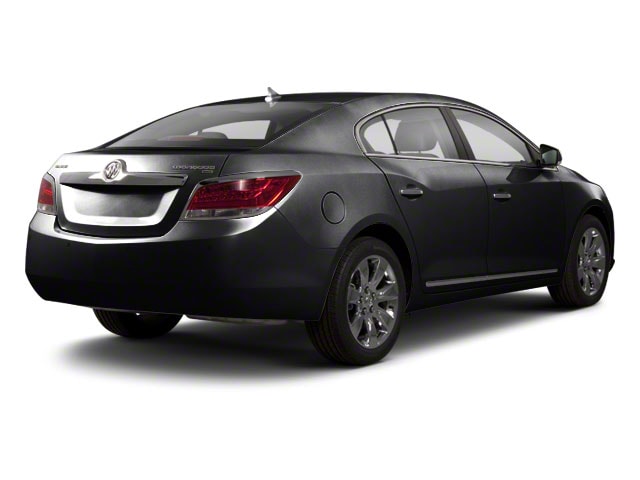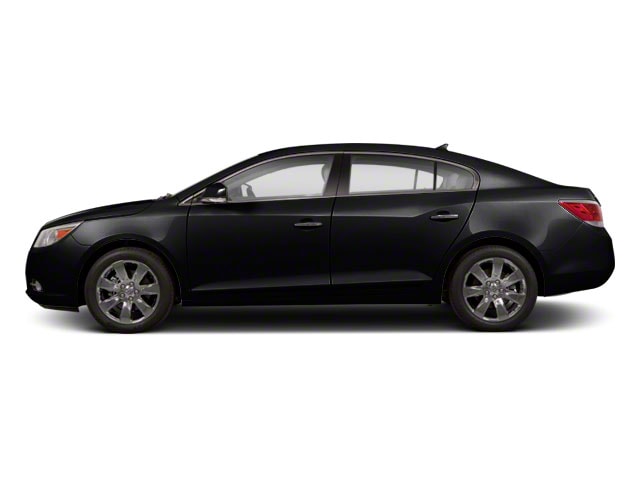Recent Articles
Popular Makes
Body Types
2010 Buick LaCrosse
Get Pricing$26,245 - $33,015 Starting MSRP
Model Highlights
Fuel Economy
20 MPG Comb.
Body Type
Sedan
Transmission
Automatic w/OD
Seatings
5 Seats
`
Get a New Car Quote
Overview
The new LaCrosse is offered in three different trim levels--CX, CXL and CXS. The CX and CXL trims come with a new 255-horsepower, 3.0-liter V6, while the sportier, premium CXS gets a 280-hp, 3.6-liter V6.
Both engines come mated to a very...


Looking for alternatives to the Buick LaCrosse?
Start Comparing NowColors
Exterior
Carbon Black Metallic
Midnight Blue Metallic
Mocha Steel Metallic
Gold Mist Metallic
Red Jewel Tintcoat
Quicksilver Metallic
Summit White
White Diamond Tricoat
Specs
Mileage
Fuel Economy Est-Combined (MPG): 20
EPA Fuel Economy Est - City (MPG): 17
EPA Fuel Economy Est - Hwy (MPG): 27
Electrical
Cold Cranking Amps @ 0° F (Primary): 512
Maximum Alternator Capacity (amps): - TBD -
Cooling System
Total Cooling System Capacity (qts): - TBD -
Weight Information
Base Curb Weight (lbs): 4045
Trailering
Dead Weight Hitch - Max Trailer Wt. (lbs): 1000
Dead Weight Hitch - Max Tongue Wt. (lbs): 100
Wt Distributing Hitch - Max Trailer Wt. (lbs): 1000
Wt Distributing Hitch - Max Tongue Wt. (lbs): 100
Suspension
Suspension Type - Front: Performance
Suspension Type - Rear: H-arm
Suspension Type - Front (Cont.):
Suspension Type - Rear (Cont.):
Shock Absorber Diameter - Front (mm):
Shock Absorber Diameter - Rear (mm):
Stabilizer Bar Diameter - Front (in):
Stabilizer Bar Diameter - Rear (in):
Brakes
Brake Type: Pwr
Brake ABS System: 4-Wheel
Disc - Front (Yes or ): Yes
Disc - Rear (Yes or ): Yes
Front Brake Rotor Diam x Thickness (in): 12.6 x 1.2
Rear Brake Rotor Diam x Thickness (in): 12.4 x 0.9
Drum - Rear (Yes or ):
Rear Drum Diam x Width (in):
Tires
Front Tire Order Code: QKE
Rear Tire Order Code: QKE
Spare Tire Order Code:
Front Tire Size: P245/45R18
Rear Tire Size: P245/45R18
Spare Tire Size: Compact
Wheels
Front Wheel Size (in): 18 x 8
Rear Wheel Size (in): 18 x 8
Spare Wheel Size (in): 17 x 7
Front Wheel Material: Chrome
Rear Wheel Material: Chrome
Spare Wheel Material: Steel
Steering
Steering Type: Pwr Rack & Pinion
Steering Ratio (:1), Overall: 15.2
Lock to Lock Turns (Steering): 2.75
Turning Diameter - Curb to Curb (ft): 38.8
Turning Diameter - Wall to Wall (ft): - TBD -
Fuel Tank
Fuel Tank Capacity, Approx (gal): 18.4
Exterior Dimensions
Wheelbase (in): 111.7
Length, Overall (in): 196.9
Width, Max w/o mirrors (in): 73.1
Height, Overall (in): 59.2
Track Width, Front (in): 61.7
Track Width, Rear (in): 62
Min Ground Clearance (in): - TBD -
Liftover Height (in): - TBD -
Cargo Area Dimensions
Trunk Volume (ft³): 12.8
Interior Dimensions
Passenger Capacity: 5
Passenger Volume (ft³): 101.7
Front Head Room (in): 38
Front Leg Room (in): 41.7
Front Shoulder Room (in): 57.4
Front Hip Room (in): 55.2
Second Head Room (in): 37.3
Second Leg Room (in): 40.5
Second Shoulder Room (in): 56
Second Hip Room (in): 53.9
Summary
Vehicle Name: Buick LaCrosse
Body Style: 4 Door Sedan CXS
Emissions
EPA Greenhouse Gas Score: 5
Tons/yr of CO2 Emissions @ 15K mi/year: 8.9
Pricing
This model has 5 different trims.
| MSRP | $33,015 |
|---|---|
| Invoice | $31,694 |
| Description | 3.6L/217, 280 @ 6300, Automatic w/OD |
Fuel Economy
This model has 5 different trims.
| City | 17 MPG |
|---|---|
| Hwy | 27 MPG |
| Combined | 20 MPG |
| Description | 3.6L/217, 280 @ 6300, Automatic w/OD |
Trending Related Articles
`
Get a Free Online Car Quote
©2024 AutoWeb, Inc. All Rights Reserved.
Some content provided by and under copyright by Autodata, Inc. dba Chrome Data. © 1986-2024.


